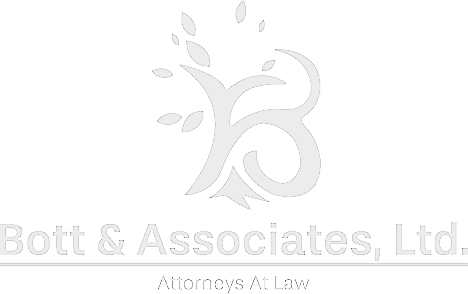Taxpayers who have to write big checks for higher education can see tax savings when filing tax returns next year. If you, your spouse or your dependents are taking postsecondary coursework, there’s a strong chance a tax benefit may be in your future.
The credits available are the American Opportunity Tax Credit and the Lifetime Learning Credit.
Here are the major points of the AOTC:
- It’s worth a maximum benefit of up to $2,500 per eligible student.
- It only applies for the first four years at an eligible college or vocational school.
- It’s intended for students pursuing a degree or other recognized educational credential.
- It’s partially refundable. You can receive 40% of the credit’s value, which may mean that you can get up to $1,000 back.
The worth of the credit is dependent on income:
- To claim the full credit, your modified adjusted gross income must be $80,000 or less ($160,000 or less for married filing jointly).
- You receive a reduced amount of the credit if your MAGI is over $80,000 but less than $90,000 (over $160,000 but less than $180,000 for married filing jointly).
- You cannot claim the credit if your MAGI is over $90,000 ($180,000 for joint filers).
And here’s what you need to know about the Lifetime Learning Credit:
- It’s worth a maximum benefit of up to $2,000 per tax return per year, no matter how many students qualify.
- It’s available for all years of postsecondary education and for courses to acquire or improve job skills.
- It’s available for an unlimited number of tax years.
- It isn’t refundable.
Like the AOTC, it is subject to income limits:
- For the 2020 tax year, the amount of your LLC was gradually reduced (phased out) if your MAGI was between $59,000 and $69,000 ($118,000 and $138,000 if you file a joint return).
- You can’t claim the credit if your MAGI was $69,000 or more ($138,000 or more if you filed a joint return).
The various provisions, especially the phase-out limits, are subject to change, so be sure to consult authoritative sources for the latest details.
Qualified expenses for the AOTC include tuition, required enrollment fees and course materials needed for the course of study, whereas for the LLC, the only qualified expenses are tuition and fees for enrollment or attendance. Qualified expenses can be paid for by you, your spouse, the student or a third party such as a relative or friend.
What is the story on deductions?
Before 2017, the IRS offered a tuition and fees tax deduction. That deduction has expired, but you can claim it for a relevant year by filing an amended return. You can deduct up to $4,000 from your gross income for money spent on eligible education expenses, including tuition, fees, books, supplies and other purchases your school requires. Personal expenses like transportation and room and board don’t qualify.
The Tuition and Fees Deduction can’t be claimed in the same tax year that the AOTC or the LLC is claimed for the same student. While the TFD reduces adjusted gross income, the AOTC generally provides a greater tax benefit for most individuals. As the IRS notes, “You can claim all three benefits on the same return but not for the same student or the same qualified expenses.”
This is just a summary of complex provisions. Be sure to consult a qualified professional to find out how to maximize the benefits for your situation. Contact an estate planning lawyer in Chicago, IL, like the offices of Bott & Associates, Ltd. for help with your planning.






